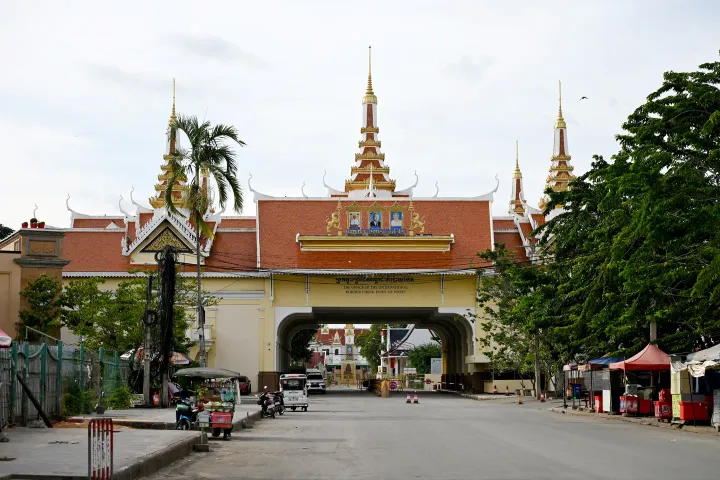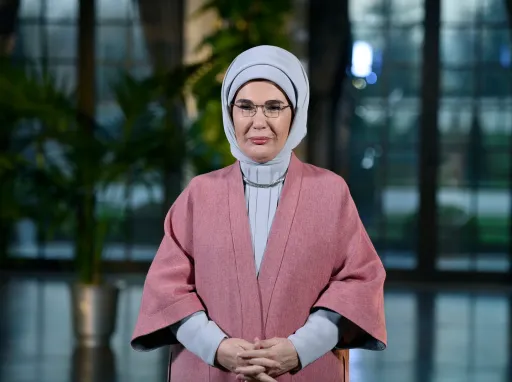By Coletta Wanjohi
The UNESCO World Heritage Convention describes it as "a place where communication links with the spiritual world are maintained".
Sophie Nanteza, a resident of Uganda's capital city Kampala, calls it a heritage that every generation must teach its children to revere and preserve.
Spread across almost 30 hectares of hills in Kampala, the Kasubi tombs are a legacy of the Buganda kingdom that is acknowledged as one of Africa's strongest monarchies.
The site was created by the then king, Kabaka Muteesa, in 1882 and transformed into a royal cemetery in 1884.
The Kasubi tombs have since been treated as a place of great religious significance by the Baganda people, a tribe in Uganda that inhabits the central part of the country.
In 2001, UNESCO declared the Kasubi tombs a World Heritage Site, hailing it as "a masterpiece of human creativity" that embodies the living cultural traditions of the Baganda people.
The tombs, which attract about 30,000 visitors annually, are made of wooden poles, spear grass, reeds and wattle in an architectural design that dates back to the 13th century.
Rose Mugerwa, a 50-year-old woman, is among those who look at the Kasubi tombs as more than just a historically and architecturally important site.
"We attach a certain reverence to the site, which even otherwise is a very peaceful place," she tells TRT Afrika. Dan Musoke's family treats a visit to Kasubi like an annual pilgrimage.
"Till my father was alive, my parents would come all the way from Masaka (about 130km from Kampala) each year just to visit the tombs. We believe it is a place of blessings," he says.
Devastating fire
On March 16, 2010, the pride of the Buganda kingdom was scarred in a blaze that destroyed a part of the sacred site of the tombs of Buganda kings, called Abalongo.
The cause of the fire is still to be known. UNESCO immediately moved the Kasubi tombs to its list of "threatened World Heritage Sites", a category requiring the highest priority in terms of restoration and protection.
Restoration meant returning the status of the tombs back to most of what it was before the fire, including 52 poles representing the clans of the Buganda kingdom.
These poles support a neat thatched roof, done in traditional Buganda style using the "ganda" thatching technique.
The Buganda monarchy and the Ugandan government worked in tandem to oversee the restoration process.
Japan, Uganda, Norway and UNESCO made contributions through their heritage fund, according to a representation to the World Heritage Committee by Charles Peter Mayiga, the prime minister of Buganda.
More than 13 years later, the World Heritage Committee acknowledges that commendable progress has been made in restoration, prompting it to remove the Kasubi tombs from the list of "threatened" sites.
Return to glory
"The restoration process took long because the Buganda kingdom had to ensure that essential cultural and spiritual practices were adhered to," explains Mayiga.
"Moreover, restoration required significant financial and human resources." The Buganda kingdom says it is keen to ensure that the site is now more protected than before.
"We shall manage the tombs with a view to protecting their authenticity and cultural spiritual values," says Mayiga.
The tombs will be reopened to the public in December 2023. "We have waited a long time to go back to our sacred site," says Musoke.
"My dad passed away when the restoration of the tombs was underway, but at least my mother is alive to resume her annual trips to the tombs."
























